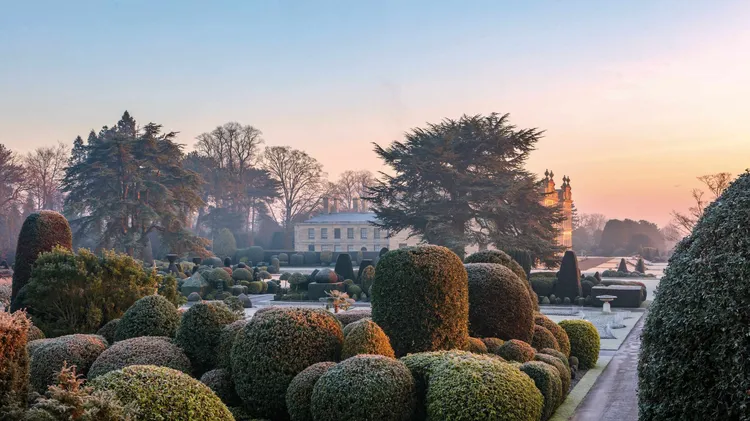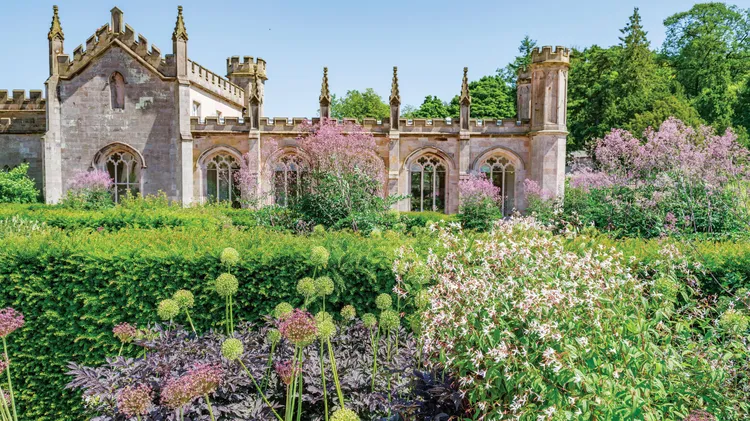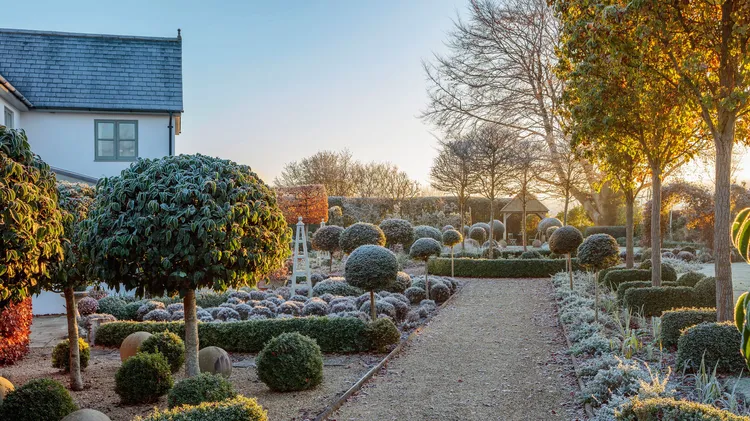In terms of innovation and development, the construction of glasshouses re
The light fantastic
7 min read
This article is from...
Read this article and 8000+ more magazines and newspapers on Readly






